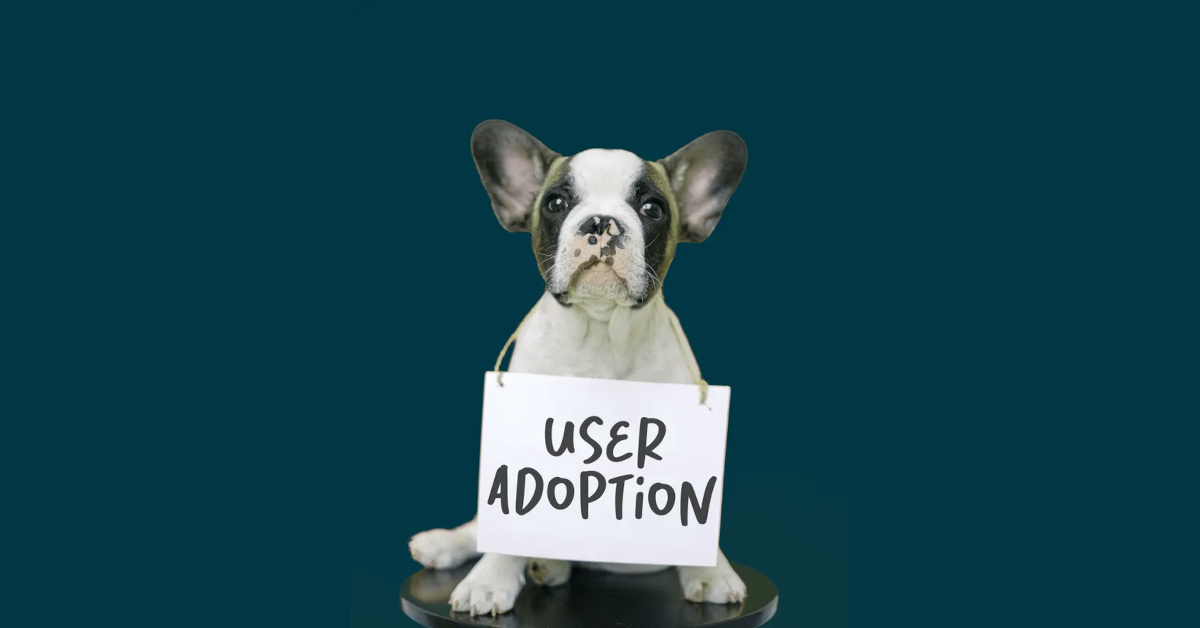CLM Adoption, Part II: Hooray! …Now What?
September 26, 2022
CLM user adoption contracts tips change management Consulting contracts lifecycle management
Congratulations! After all that preliminary work – investigating CLM solutions, driving consensus among key stakeholders, and getting the decision-makers to agree –you’ve purchased your CLM system, completed all the readiness work, and had your first implementation meetings. You’re ready to go!
You will likely feel a sense of accomplishment and, probably, relief. But you will also begin to realise you are not sure how to answer the looming question: what comes next?
Some next steps are obvious and straightforward: having your team review your current processes, look at contract templates, and consider what meta-data you want to capture. With a laser focus on the details, you and your colleagues will likely be surprised to discover how many details you need to consider: drop-down values, master data, fall-back clauses, approval matrices, and much more.
In the midst of delving into the details, many people forget a critical element: adoption. The rollout of a CLM system is never a case of, “If you build it, they will come.” Users require persuasion. Their default is skepticism; your job is to persuade them. You must convince them to begin using and shifting their work to a new tool, a new process, and a new way of thinking about contracts. However, few of the necessary steps for achieving those goals are obvious or straightforward. How do you get people to use the system your team has spent weeks designing?
The answer? Change management! You may be lucky and work for an organisation with a team in place to manage change. Your job becomes making this team your new best friends! Its members have the experience and know-how and can help with all the needed change management activities. The sooner you involve them in the project, the better, especially because they can be indispensable in generating a strategy. They can also relieve the project team of various tasks that must get done.
But what if your organisation does not have personnel dedicated to change management or training? In that case, remember three (actually, two) crucial words: Know, Know, and Show. They are short-hand for three crucial issues to address as you plan your adoption strategy.
Know Your People. In the requirements gathering phase, you will begin to understand who will be using the new CLM system. You will know how they are currently contracting and what improvements the new process will include. You will also learn who is excited about the project, who is dreading the change, and who is on the fence. Capitalise on this information. Change management largely relies on human behavior. The excited people are your champions, and persuading them will not require much work. The skeptics are your detractors and, at least at the outset, are nearly impossible to convince. You need to focus on the third group: the “undecideds” or “passives” who don’t seem to care either way. Your mission: transform them into champions for change!
Know What Motivates Them. Most people want simplification that makes their daily tasks easier. For example, with the old approach, your Contracts Administrators may share an alias mailbox for contract requests. If so, they likely spend hours communicating by email to sort out numerous issues, like determining which contract version to use, managing customer redlines, discussing provisions internally, getting language approval, tracking down approvals, sending the document for signature, and filing it. At some organisations, they have to walk the contract hard copies to obtain wet-signature and send the documents out for others to sign. Next comes the annoying chore of chasing down the signed contract.
The point is, if you dig deep enough and listen attentively, you will discover that the passives have plenty of things that they want simplified. For them to become champions, you need to lay the groundwork. First, make sure they are involved in building the new CLM. They need to feel that what they say makes a difference. Educate them on the trade-offs in selecting a new system: not every system can do anything, and no system can do everything. Help them to appreciate why certain features and capabilities take priority. Remind them not to make the perfect be the enemy of the good – that progress, not perfection, is the goal.
Show Them. The third step is to show the undecideds how the new process and CLM tool set will make their daily lives easier. Explaining to people how a conceptual improvement will benefit them can be tricky. You will likely have a long list of why the new approach is better. But before you start to decide what information you think is important to share, first spend time thinking through how your audience will ingest this material. Will they read updates sent as emails or posted to the organisation’s intranet? Will they watch video presentations? Will they attend and pay attention in status meetings? Lunch-and-learns, even if virtual, can be a fun option. Many companies utilise one, or all, of these methods, especially because there is no one-size-fits-all approach. One person may be happy with an email update, and another would like a video.
Once you determine the best ways to deliver the information, you’ll need to consider what to show them. Remember: always center your communications around how a particular thing will improve the existing process. One simple way is by showing a “to-be” process. For example, to showcase improved efficiency, present a chart illustrating the process from contract intake through signature. Even better, include a visual comparison. If you want to emphasise the time savings related to obtaining approvals, show them automated aspects of the new approval process. If you want to highlight ease-of-effort around an arduous activity like tracking redlines, invite everyone to a lunchtime Zoom and show a short video clip of redlining in the new CLM. Your implementation provider can often provide examples of this content.
The Bottom Line. Change is rarely easy. Remember to Know and Show. Figure out who your audience is, their pain points, and how they prefer to learn. Then, show them how their daily experience will improve from the new system and process. In your communication and training, consistently demonstrate that you understand all these dimensions. Provide updates along the way and work to generate excitement that moves the passives into the champion category. As your champions grow in number, your adoption metrics will improve, and adoption will gain irreversible momentum. That’s when the true celebration begins.
Back to Expertise

 Kami Paulsen
Kami Paulsen